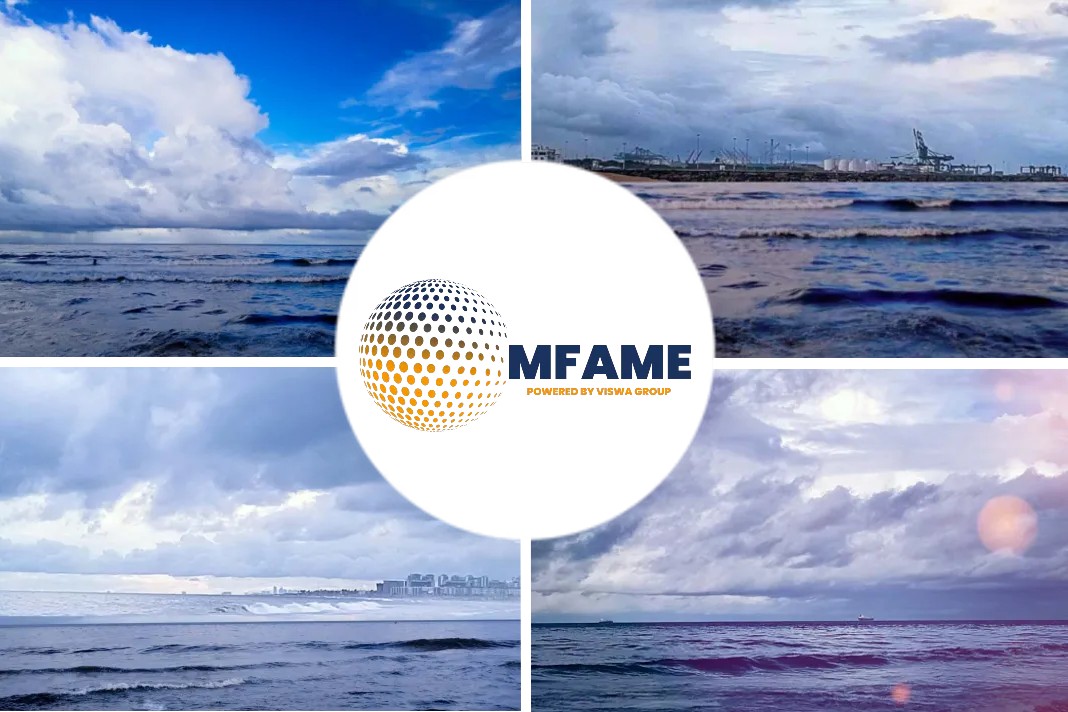- Demand for ocean shipping services is likely to remain unusually high.
- Supply will remain tight for some time as shippers and carriers adapt to shifts in supply chains driven by the coronavirus pandemic.
- Manufacturers have boosted output as their customers in the rest of the world rebuild inventories depleted by the interruption of production in Chinese factories.
- At the same time, idle capacity in the ocean shipping sector is at a historic low of about 1.5%, and there’s little extra capacity coming online anytime soon, he said.
According to a recent news article published in the Wall Street Journal, Maersk sees little change in tight shipping supply near term.
Imbalance in demand and supply
“The current supply and demand situation isn’t going to change dramatically for the foreseeable future simply because there’s not enough new capacity on order,” he said. “That situation could continue for some time.”
Prices have risen recently as a result of the imbalance in demand and supply. Mr. van Trooijen declined to say where he thinks prices will go in the near future. New-build orders are at their lowest ever in relation to the existing fleet, the executive said.
The flow of manufactured goods
The flow of manufactured goods from China to the rest of the world is likely to see a temporary lull after the Lunar New Year holiday in February, as many migrant factory workers return to their homes to visit family. But demand is likely to remain high, he said. Mr. van Trooijen said he hadn’t heard any reports of Chinese factories remaining open during the holiday.
Maersk Line, the world’s largest container carrier by capacity, according to research group Alphaliner, doesn’t have significant new capacity coming into service in the near future and is instead focusing on opening up bottlenecks and improving the flow of goods on land as well as at sea, said Mr. van Trooijen.
“We’re comfortable with the supply we have today, our goal is more to expand our footprint in services,” he said. “Our position with landside logistics is modest in Latin America compared with other parts of the world.”
Logistic business in the region
Maersk is looking to expand its logistics business in the region both organically and through acquisitions, Mr. van Trooijen said, declining to discuss what sort of acquisitions the company would consider.
Maersk has made investments and purchases in the past couple of years in areas such as customs clearance and inland logistics.
Brazil, the big exporter
Brazil is a big exporter of commodities that are in strong demand in China, most notably soybeans and iron ore. Those commodities typically move on dry-bulk ships that Maersk doesn’t operate in its fleet. But Brazil is also a big buyer of Chinese manufactured goods that move on container ships.
There is currently an acute shortage of containers available in either direction on that route, exacerbated by tactics some customers are using to get around bottlenecks, Mr. van Trooijen said.
Company closely working with big customers
“Some clients book with two or three different” carriers to try to make sure they can get their goods in or out of the country, he said.
The company is working closely with some big customers to smooth operations, including implementation of a new system that guarantees them space on a ship while discouraging overbooking, he said.
Did you subscribe to our daily newsletter?
It’s Free! Click here to Subscribe!
Source: Wall Street Journal

















